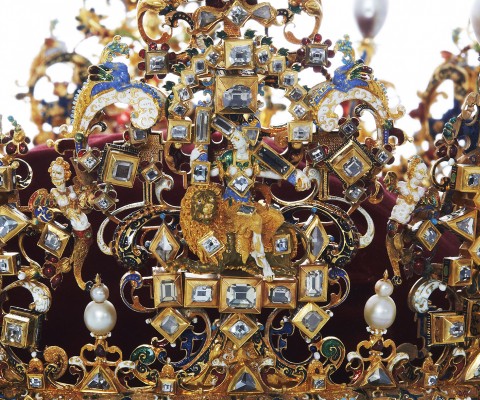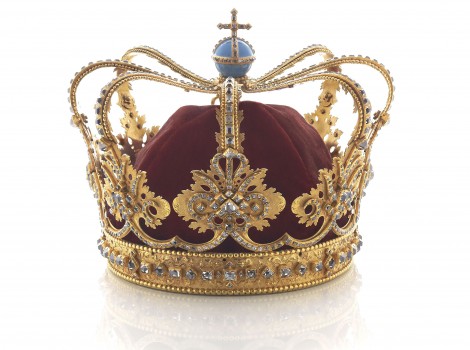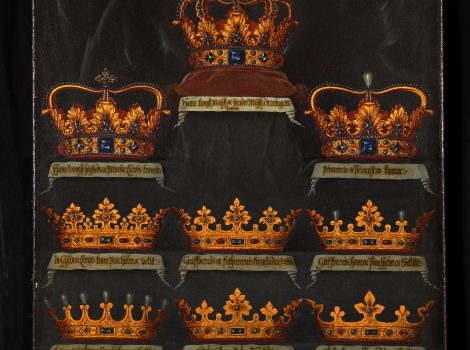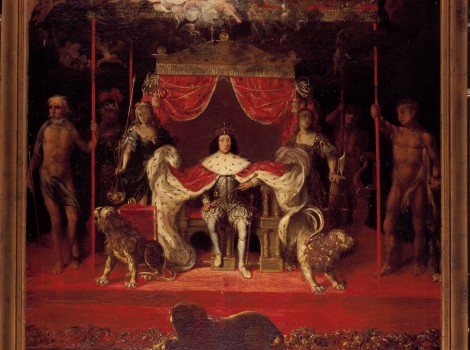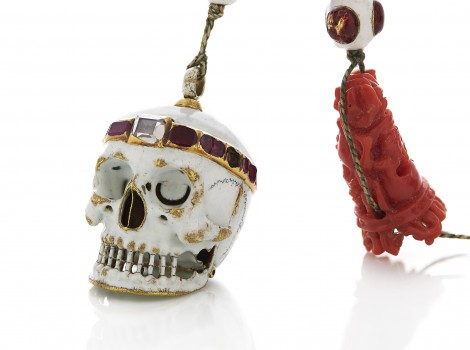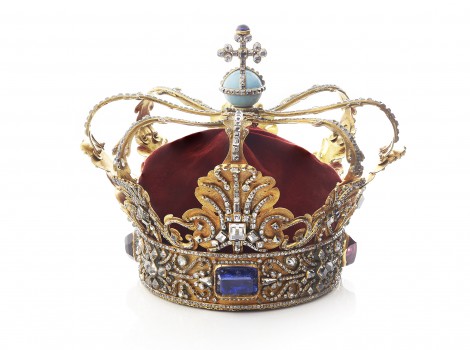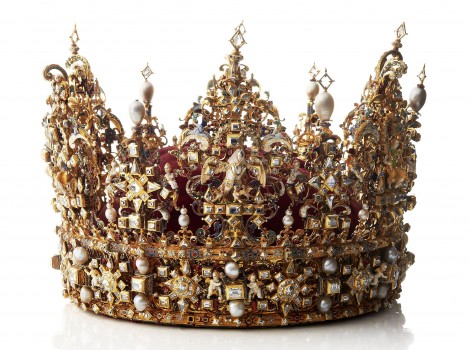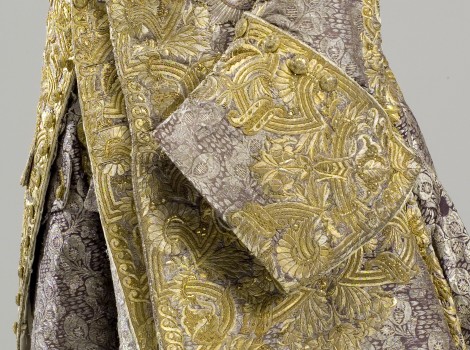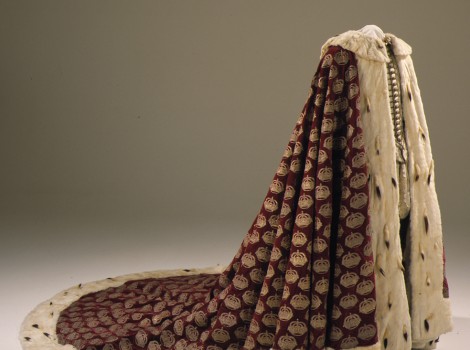The Danish Royal Crowns and Other Symbols of Power
The foremost symbols of the realm are also called regalia, which means the ‘emblems and symbols indicative of the monarch’. In a Danish context this concerns the crowns of the kings and queens, the sceptre, the orb (symbol of the Universe and the Earth), the coronation sword, the sword of the realm, the beaker for the coronation oil, and the thrones.
Many people no doubt imagine the King sitting on his throne in daily audience, wearing his crown with the other regalia within reach, but they were in fact only used once in a king’s life, at his crowning or coronation.
The oldest known crowning in Denmark is that of Knud VI in 1170 in Ringsted Church, and the tradition for crowning continued up until Frederik III. At the Crowning of Frederik III Denmark was an elective monarchy, in which the king’s eldest son was chosen as king only by the grace of the Privy Council, and had to sign a contract – a coronation charter – which curbed his powers with regard to the Privy Council. At the crowning of the king it was therefore the Privy Councillors who symbolically took part in the placement of the crown.
During the reign of Frederik III absolutism was introduced in Denmark, and his son, Christian V, therefore automatically inherited the title of king – solely by the grace God and no longer also of the Privy Council. The coronation ceremony therefore fell out of use; the king now placed the crown on his own head, after which he had himself anointed in the church as a divine blessing of the monarchy’s calling.
Christian IV’s crown was also used at Frederik III’s crowning, but at the coronation of Christian V as absolute monarch in 1670, the inset from Frederik III’s crown was melted down and a new crown made of the gold. A new era began, and the crown is also known as “the crown of the absolute monarchs”.
A new epoch began again with the dissolution of absolutism in 1848, and Christian VIII’s coronation in 1840 was the last. From then on the crown has only been used once in each king’s life, in fact when he is dead. The monarch’s coffin is put on display in the Palace Church at Christiansborg for the so-called “Castrum doloris” (from the Latin: Castle of grief) where the crown is laid on the lid of the coffin and the other regalia set up in front of it.

 Dansk
Dansk
 English
English
 Deutsch
Deutsch

